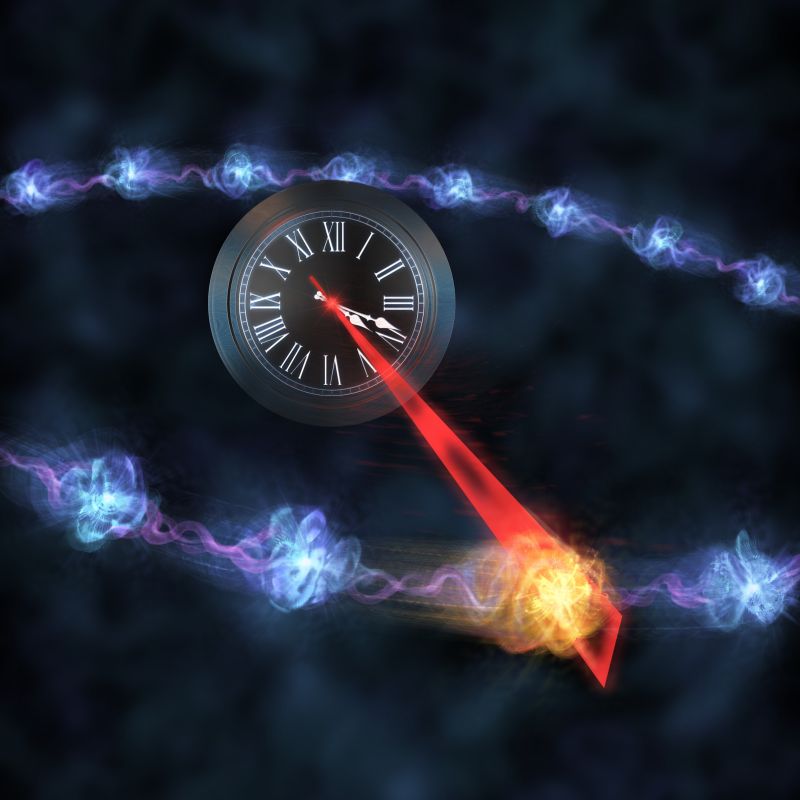Our Quantum Clock Precision Advantage Spotlighted in Nature Physics
Publication Research highlight June 19, 2025

Image credit: Alexander Rommel & Technische Universität Wien
Our findings on thermodynamic precision limits on quantum clock are now published in Nature Physics!
Link to Chalmers Press Release
A study by researchers at TU Wien, Chalmers University of Technology, and the University of Malta reveals that the precision of time measurements in quantum systems can be improved beyond previously assumed thermodynamic limits. By exploiting a dual-timescale approach, the team demonstrates a way to exponentially improve accuracy, thus offering new insights into the interplay between quantum mechanics and thermodynamics.
We are proud to see our colleagues Simon Sundelin and Simone Gasparinetti from 202Q-lab contributing to this research. The 202Q-lab is now working on a device design to realize this quantum clock experimentally.
Why Thermodynamic Precision Limits Matter
Thermodynamic precision limits are central to understanding how quantum systems operate under non-equilibrium conditions, especially in microscopic settings where thermal fluctuations strongly influence dynamics. Traditionally, it has been believed that achieving higher precision in quantum clocks or sensors necessarily requires greater entropy production, effectively linking performance to energy cost. This relationship is closely tied to the practical design of autonomous quantum technologies. Demonstrating that quantum coherence can break this constraint suggests a path to highly precise, low-dissipation quantum devices that operate beyond classical thermodynamic trade-offs.
Implications for Quantum Technologies
This work demonstrates that quantum coherence can enable autonomous quantum clocks whose precision scales exponentially with entropy dissipation, breaking the previously assumed linear trade-off between accuracy and thermodynamic cost. Such findings have direct implications for building more energy-efficient quantum technologies, including clocks, sensors, and single-photon sources. For example, the proposed ring-clock model could be realized in superconducting circuit architectures and used as a passive, deterministic source of precisely timed photons, which is valuable for quantum communication and distributed quantum computing. More broadly, the study provides a blueprint for designing scalable quantum devices that achieve high performance without relying on extensive external control or dissipation, marking a step toward self-contained quantum systems.
Congratulations to Simon and Simone for their contribution to this study!

